Addition and Subtraction of Fractions
Addition and subtraction of fractions are discussed here with examples.
To add or subtract two or more fractions, proceed as under:
Step I: Convert the mixed fractions (if any.) or natural numbers to improper fraction.
Step II: Find the L.C.M of the denominators of the fractions and place the L.C.M below a horizontal bar.
Step III: The L.C.M is then divided by each denominator and the quotient is multiplied to the corresponding numerator. The results obtained are placed above the horizontal bar with proper sign (+) or (-) to obtain a single fraction.
Step IV: Reduce the fraction obtained to simplest form and then convert it into mixed form if needed.
In order to add or subtract like fractions, we add or subtract their numerators and retain the common denominator.
I. Addition and Subtraction of Like Fractions:
Working Rules for Addition and Subtraction of Like Fractions:
Step I: Add or subtract the numerators of the given fractions and keep the denominator as it is.
Step II: Reduce the fraction of its lowest term.
Step III: If the result is an improper fraction, convert it into a mixed fraction.
In short,
sum or difference of like fractions
= Sum of Difference of Numerators
Common denominator
Examples on Addition or Subtraction with Like Fractions:
1. Find the sum of
(i) 611 and 911
(ii) 2310 and 3110
Solution:
611 + 911
= 6+911
= 1511
= 1411
(ii) 2310 + 3110
= 2310 + 3110
= 23+3110
= 5410
= 275
= 525
2. Subtract:
(i) 815 from 1315
(ii) 245 from 535
Solution:
(i) 1315 - 815
= 13−815
= 515
= 13
(ii) 535 - 245
= 285 - 145
= 28−145
= 145
= 245
More Examples on addition or subtraction with like fractions;
(i) 58 + 28
= 5+28
= 78
(ii) 1115 – 715
= 11−715
= 415
(iii) 165 – 35 + 25 – 95
= 16−3+2−95
= 18−125
= 65
(iv) 423 + 13 – 413
= 4×3+23 + 13 – 4×3+13
= 143 + 13 – 133
= 14+1−133
= 15−133
= 23
II. Addition and Subtraction of Unlike Fractions:
To add or subtract unlike fractions, we first convert them into like fractions and then add or subtract as usual.
Working Rules for Addition and Subtraction of Unlike Fractions:
In order to add and subtract unlike fractions, we follow the following steps:
STEP I: Obtain the fractions and their denominators.
STEP II: Find the LCM of the denominators.
STEP III: Convert each of the fraction into an equivalent fraction having its denominator equal to the Least Common Multiple (LCM) obtained in step II.
STEP IV: Add or subtract like fractions obtained in step III.
Examples on addition or subtraction with unlike fractions;
1. Add:
(i) 710 + 215
(ii) 223 + 312
Solution:
(i) 710 + 215

LCM of 10 and 15 is (5 × 2 × 3) = 30.
So, we convert the given fractions into equivalent fractions with denominator 30.
710 = 7×310×3 = 2130, and 215 = 2×215×2 = 430
Therefore, 710 + 215
= 2130 + 430
= 21+430
=

= 56
(ii) 223 + 312
= 2×3+23 + 3×2+12
= 83 + 72
= 8×23×2 + 7×32×3; [Since least common multiple (LCM) of 3 and 2 is 6; so, convert each fraction to an equivalent fraction with denominator 6]
= 166 + 216
= 16+216
= 376
= 616
2. Simplify:
(i) 1516 – 1112
(ii) 1115 – 720
(i) 1516 – 1112
Least common multiple (LCM) of 16 and 12 = (4 × 4 × 3) = 48.
= 15×316×3 – 11×412×4
[Converting each fraction to an equivalent fraction with denominator 48]
= 4548 – 4448
= 45−4448
= 148
(ii) 1115 – 720
Least common multiple (LCM) of 15 and 12 = 5 × 3 × 4 = 60
= 11×415×4 – 7×320×3
[Converting each fraction to an equivalent fraction with denominator 60]
= 4460 – 2160
= 44−2160
= 2360
Combination of Addition and Subtraction of Fractions:
3. Simplify: 456 – 238 + 3712
Solution:
456 – 238 + 3712
= 6×4+56 – 2×8+38 + 3×12+712
= 296 – 198 + 4312
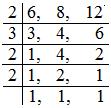
= 29×46×4 – 19×38×3 + 43×212×2; [Since, LCM of 6, 8, 12 is 2 × 3 × 2 × 2 = 24]
= 11624 – 5724 + 8624
= 116−57+8624
= 202−5724
= 14524
4. Simplify the fraction:
(i) 2 – 35 (ii) 4 + 78 (iii) 911 – 415 (iv) 812 – 358
(i) 2 – 35
Solution:
2 – 35
= 21 – 35; [Since, 2 = 21]
= 2×51×5 – 3×15×1; [Since, LCM of 1 and 5 is 5]
= 105 - 35
= 10−35
= 75
(ii) 4 + 78
Solution:
4 + 78
= 41 + 78 [Since, 4 = 41 ]
= 4×81×8 + 7×18×1; [Since, LCM of 1 and 8 is 8]
= 328 + 78
= 32+78
= 398
(iii) 911 – 415
Solution:
911 – 415
LCM of 11 and 15 is 11 × 15 = 165.
= 9×1511×15 - 4×1115×11
= 135165 – 44165
= 135−44165
= 91165
(iv) 812 – 358
Solution:
812 – 358
= 172 – 298
= 17×42×4 – 29×18×1; [Since, LCM of 2 and 8 is 8]
= 688 – 298
= 68−298
= 398
= 478
5. Simplify: 423 – 314 + 216.
Solution:
423 – 314 + 216.
= 143 – 134 + 136
= 14×43×4 – 13×314×3 + 13×26×2
[Since, LCM of 3, 4 and 6 is 12, so we convert each fraction into an equivalent fraction with denominator 12]
= 5612 – 3912 + 2612
= 56−39+2612
= 82−3912
= 4312
= 3712
More Examples on Addition and Subtraction of Fractions:
6. Add 38 and 512
Solution:
The LCM of the denominators 8 and 12 is 24.
We convert the fractions into equivalent fractions with denominator 24.
38 = 3×38×3 = 924 and 512 = 5×212×2 = 1024
38 + 512 = 924 + 1024
= 9+1024
= 1924
7. Add 218, 212 and 716
Solution:
We have 218 + 212 + 716
= 178 + 52 + 716; (convert mixed fractions to improper fractions)
= 17×28×2 + 5×82×8 + 7×116×1; (Since, LCM of 8, 2 and 16=16)
= 3416 + 4016 + 716
= 34+40+716
= 8116
= 5116.
8. Subtract 45 from 1315
Solution:
LCM of 15 and 5 is 15.
Now,
45 = 4×35×3 = 1215
Therefore, 1315 - 45 = 1315 - 1215
= 13−1215
= 115.
9. Find 615 - 323
Solution:
615 - 323
= 315 - 113
= 31×35×3 - 11×53×5; [Since, LCM of 5 and 3 = 15]
= 9315 - 5515
= 93−5515
= 3815
= 2815
10. Simplify 612 + 223 - 14
Solution:
612 + 223 - 14
= 132 + 83 - 14; [Converting mixed fractions into improper fractions]
= 13×62×6 + 8×43×4 - 1×34×3; [Since, LCM of 2, 3 and 4 = 12]
= 7812 + 3212 - 312
= 78+32−312
= 110−312
= 10712
= 81112
Word Problems on Addition and subtraction of fractions:
1. Ron solved 27 part of an exercise while Shelly solved 45 of it. Who solved less?
Solution:
In order to know who solved less part of the exercise, we will compare 27 and 45
LCM of denominators (i.e., 7 and 5) = 7 × 5 = 35
Converting each fraction in to an equivalent fraction having 35 as its denominator, we have
27 = 2×57×5 = 1035 and 45 = 4×75×7 = 2835
Since, 10 < 28
Therefore, 1035 < 2835 ⟹ 27 < 45
Hence, Ron solved lesser part than Shelly.
2. Jack finished coloring a picture in 712 hour. Victor finished coloring the same picture in 34 hour. Who worked longer? By what fraction was it longer?
Solution:
In order to know who worked longer, we will compare fractions 712 and 34.
LCM of 12 and 4 = 12
Converting each fraction into an equivalent fraction with 12 as denominator
712 = 7×112×1 = 712 and 34 = 3×34×3 = 912
Since, 7 < 9
Therefore, 712 < 912 ⟹ 712 < 34
Thus, Victor finished coloring in longer time.
Now, 34 - 712
= 912 – 712
= 9−712
= 212
= 16
Hence, Victor finished coloring in 16 hour more time than Jack.
3. Sarah purchased 312 kg apples and 434 kg oranges. What is the total weight of fruits purchased by her?
Solution:
Total weight of the fruits purchased by Sarah is 312 kg + 434 kg.
Now, 312 + 434
= 72 + 194
= 7×22×2 + 19×14×1
= 144 + 194
= 14+194
= 334
= 814
Hence, total weight is 814 kg.
4. Rachel ate 35 part of an apple and the remaining apple was eaten by her brother Shyla. How much part of the apple did Shyla eat? Who had the larger share? By how much?
Solution:
We have, Part of an apple eaten by Rachel = 35
Therefore, part of an apple eaten by Shyla = 1 - 35
= 55 – 35
= 5−35
= 25
Clearly, 35 > 25
So, Rachel had the larger share.
Now,
35 - 25
= 3−25
= 15
Therefore, Rachel had 15 part more than Shyla.
5. Sam wants to put a picture in a frame. The picture is 735 cm wide. To fit in the frame the picture cannot be more than 7310 cm wide. How much the picture should be trimmed?
Solution:
Actual width of the picture = 735 cm = (385 cm
Required width of the picture = 7310 cm = 7310 cm
Therefore, extra width = (385 – 7310) cm
= 38×25×2 – 73×110×1 cm
= 7610 – 7310 cm
= 76−7310 cm
= 310 cm
Hence, 310 cm width of the picture should be trimmed.
● Fractions
Addition and Subtraction of Fractions
● Fractions - Worksheets
Worksheet on Multiplication of Fractions
Worksheet on Division of Fractions
From Addition and Subtraction of Fractions to HOME PAGE
Didn't find what you were looking for? Or want to know more information about Math Only Math. Use this Google Search to find what you need.
Recent Articles
-
Worksheet on Comparing and Ordering Decimals |Arranging Decimals
Apr 19, 25 12:16 PM
Practice different types of math questions given in the worksheet on comparing and ordering decimals. This worksheet contains questions mainly related to compare decimals and then place the decimals i… -
Comparison of Decimal Fractions | Comparing Decimals Numbers | Decimal
Apr 19, 25 11:47 AM
While comparing natural numbers we first compare total number of digits in both the numbers and if they are equal then we compare the digit at the extreme left. If they also equal then we compare the… -
Expanded form of Decimal Fractions |How to Write a Decimal in Expanded
Apr 19, 25 11:25 AM
Decimal numbers can be expressed in expanded form using the place-value chart. In expanded form of decimal fractions we will learn how to read and write the decimal numbers. Note: When a decimal is mi… -
Missing Numbers up to 10 | Worksheets on Missing Numbers up to 10
Apr 18, 25 04:53 PM
Printable worksheets on missing numbers up to 10 help the kids to practice counting of the numbers. -
Ordering Decimals | Comparing Decimals | Ascending & Descending Order
Apr 18, 25 01:49 PM
In ordering decimals we will learn how to compare two or more decimals. (i) Convert each of them as like decimals. (ii) Compare these decimals just as we compare two whole numbers ignoring

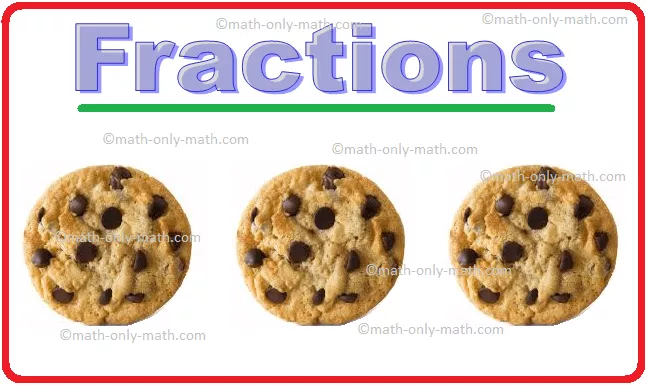
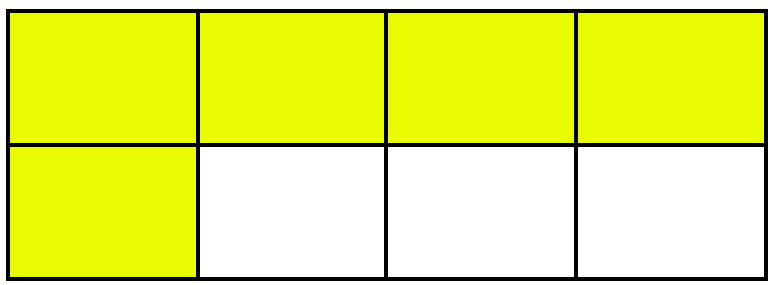

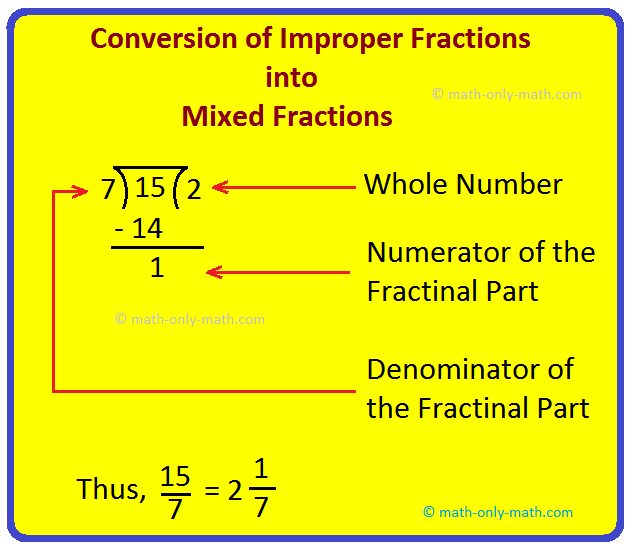



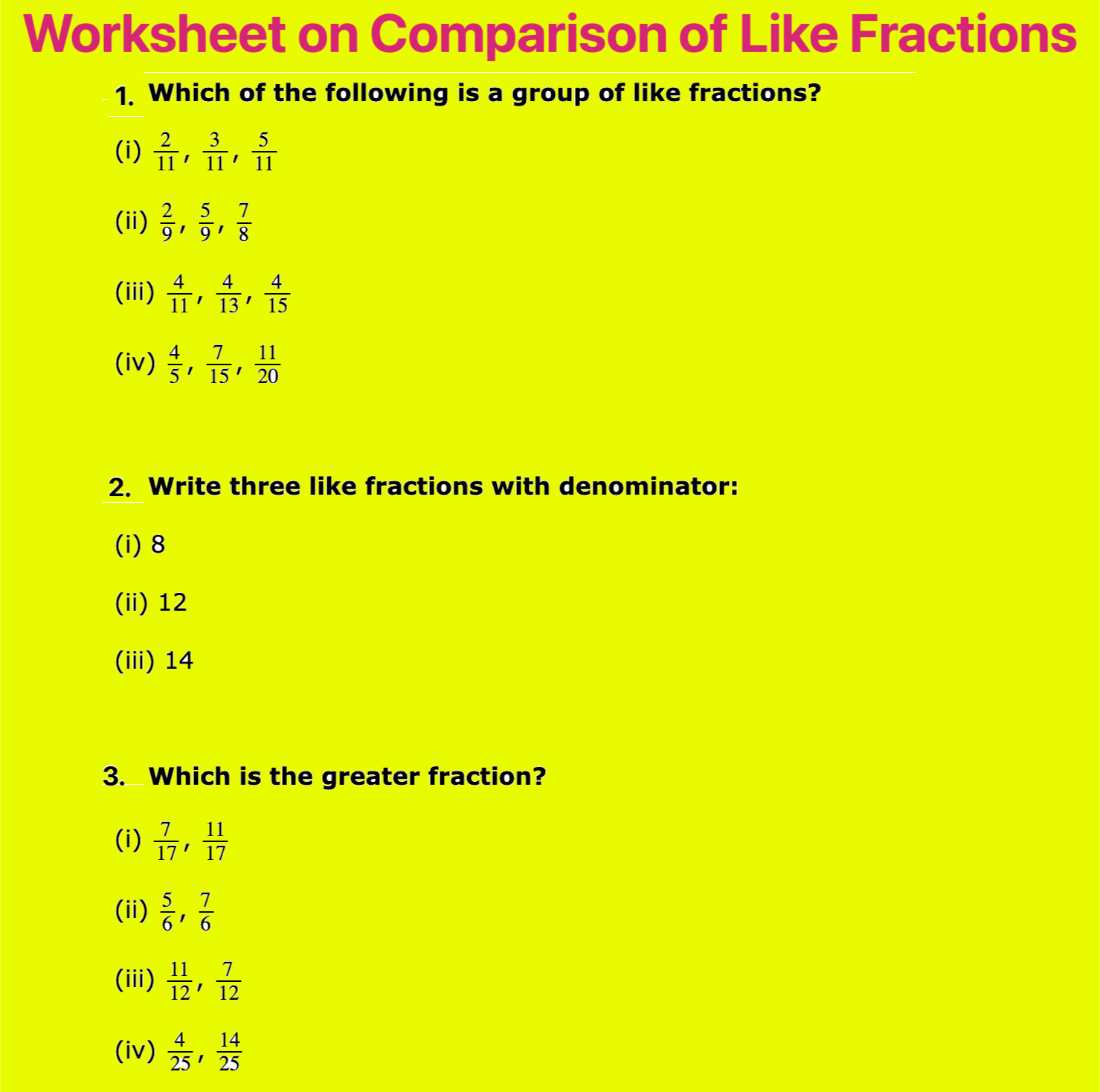



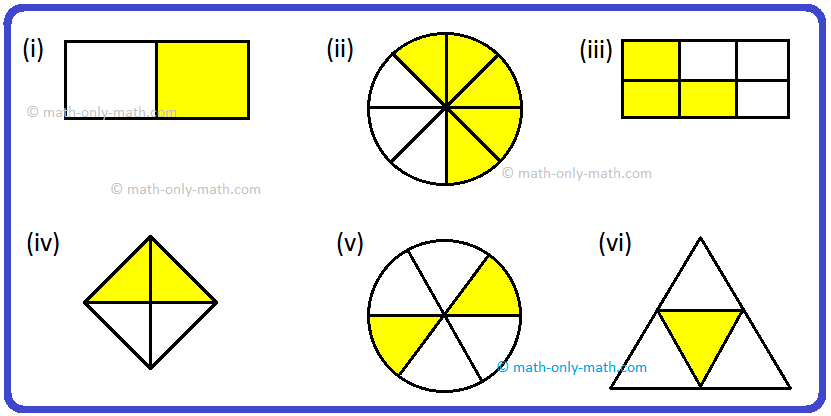

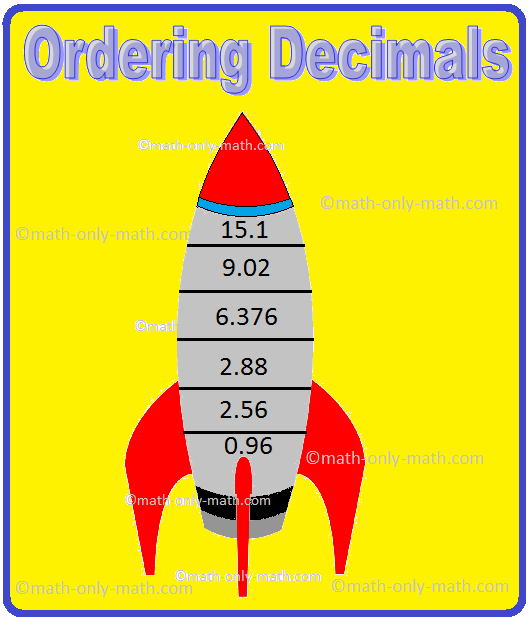

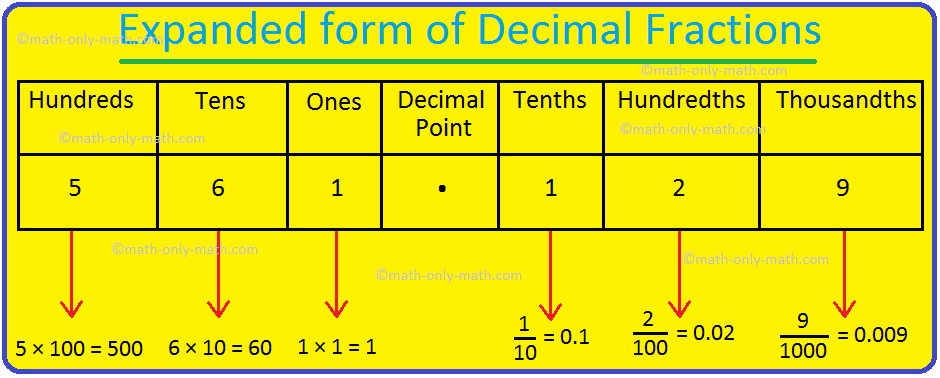


New! Comments
Have your say about what you just read! Leave me a comment in the box below. Ask a Question or Answer a Question.